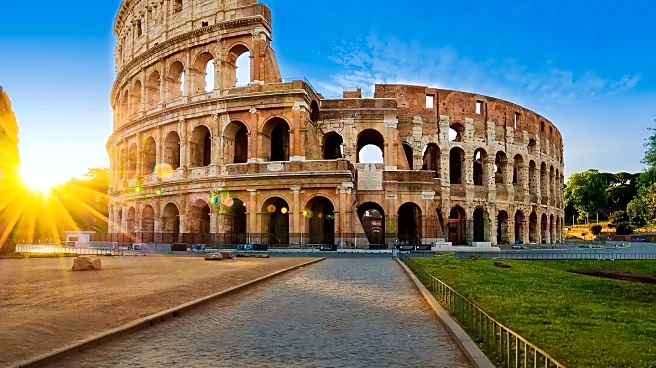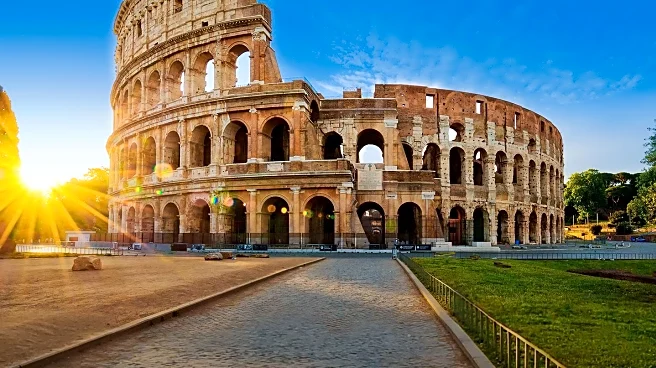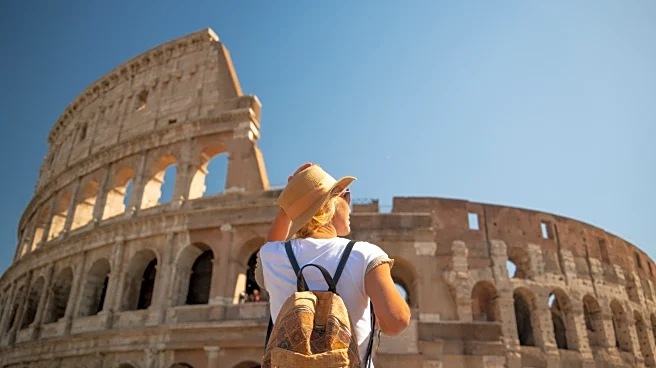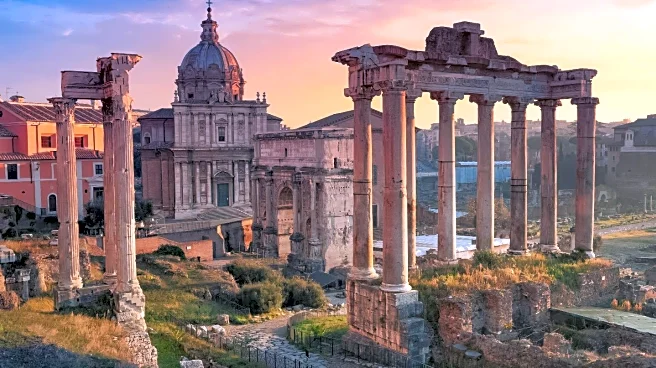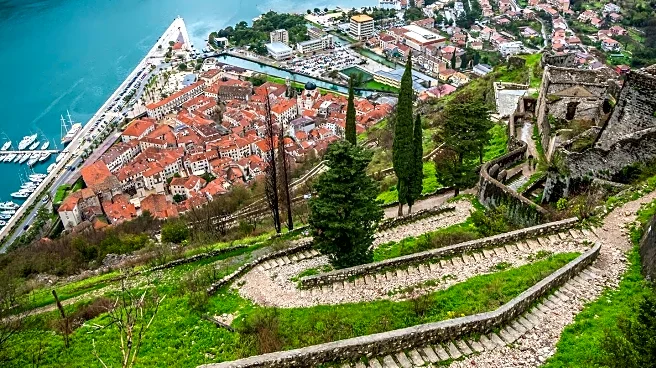What's Happening?
Italy is facing challenges in safeguarding its cultural heritage due to the behavior of tourists. Incidents of damage to historical sites and artworks have been reported, including a visitor breaking a painting at the Uffizi Gallery and another damaging a sculpture by Antonio Canova. Reckless actions, such as carving names into the Colosseum and driving vehicles on historic sites, are becoming more frequent. The rise of social media has exacerbated the issue, with tourists engaging in risky stunts for online attention. Despite the economic benefits of tourism, local authorities and cultural institutions are struggling to protect these sites adequately.
Why It's Important?
The preservation of cultural heritage is crucial for Italy, a country renowned for its historical and artistic treasures. The tourism industry is a significant economic driver, but the damage caused by irresponsible tourists threatens the integrity of these sites. The lack of a cohesive national strategy to address the issue places the burden on local authorities, who must balance the need for tourism revenue with the protection of cultural assets. The situation highlights the need for a cultural shift towards valuing education and preservation over short-term profits, ensuring that Italy's heritage remains intact for future generations.
What's Next?
Local authorities are implementing measures to prevent further damage, such as increased patrols and video surveillance in vandal-prone areas. Cultural sites are introducing 'anti-selfie measures' to curb reckless behavior. However, experts argue that a broader strategy is needed, including regulated access to fragile sites and reinvestment of tourism revenue into preservation efforts. Education campaigns aimed at tourists could foster a greater understanding of the importance of respecting cultural heritage. The ongoing debate over how to balance tourism with preservation continues, with potential policy changes on the horizon.
Beyond the Headlines
The issue raises ethical questions about the exploitation of cultural heritage for economic gain. The perception of monuments as mere attractions rather than educational sites contributes to their vulnerability. A sustainable approach that prioritizes cultural education and responsible tourism could mitigate the impact of overtourism. Investing in cultural workers and educators may be necessary to foster a deeper appreciation of Italy's heritage. The challenge lies in implementing these changes without compromising the economic benefits that tourism brings.
